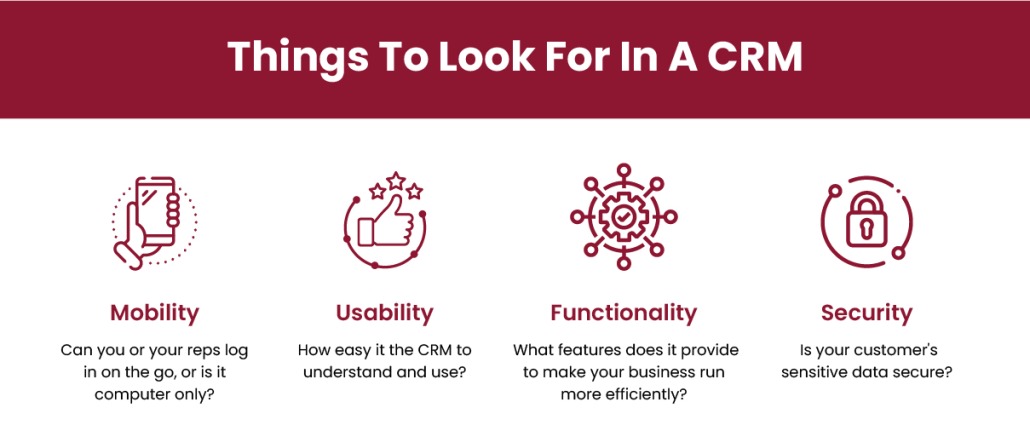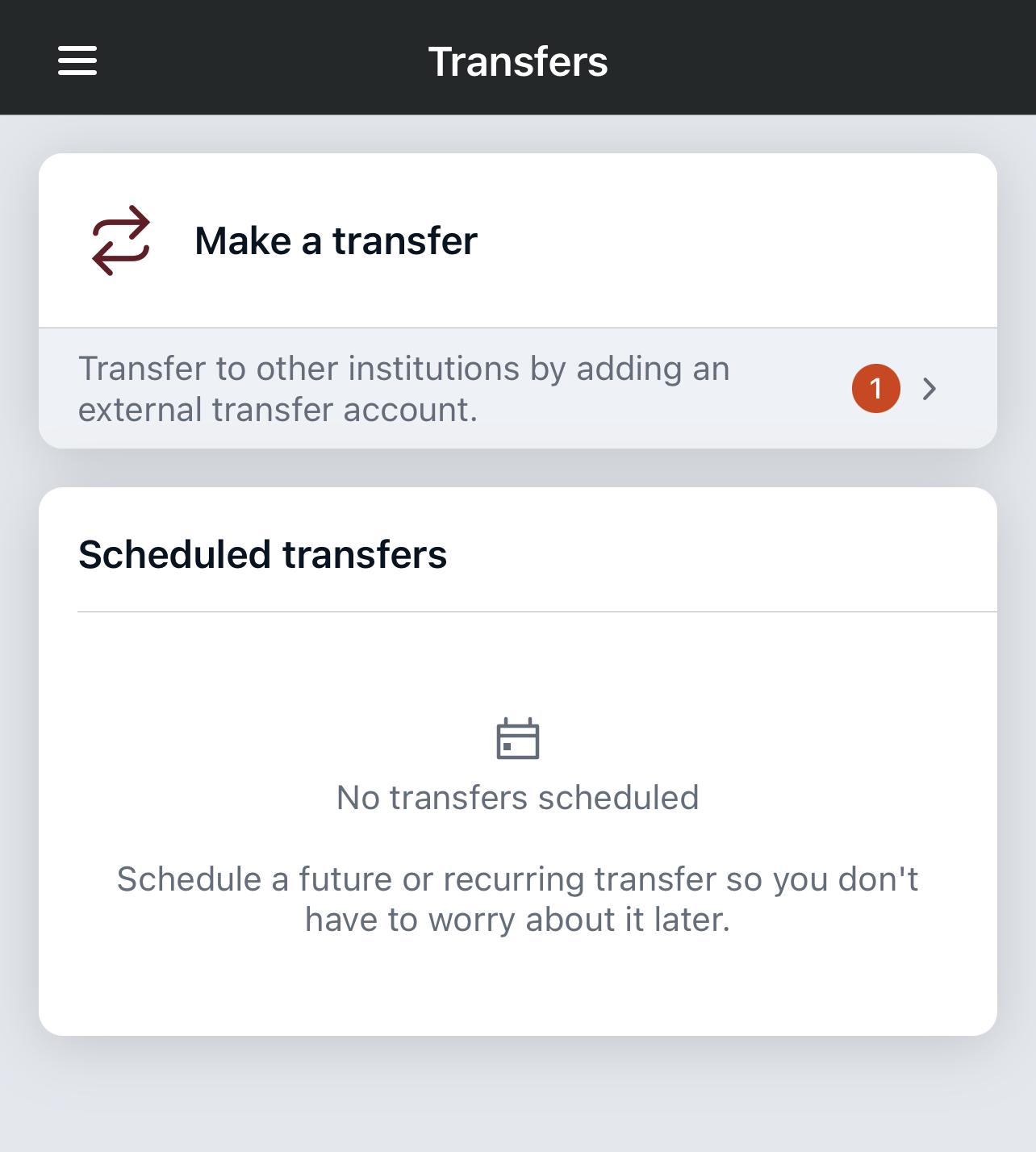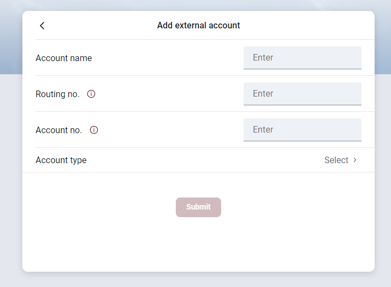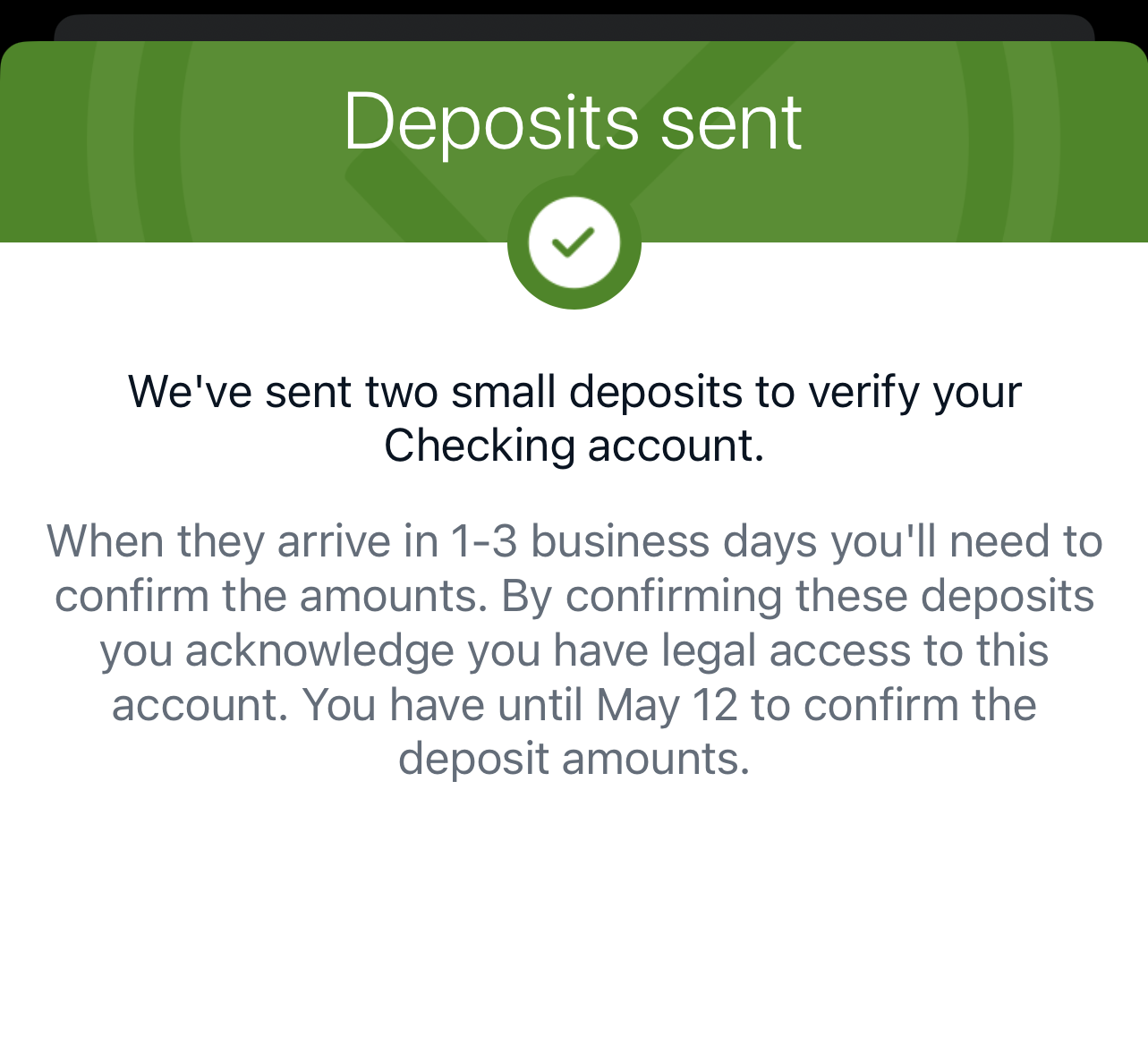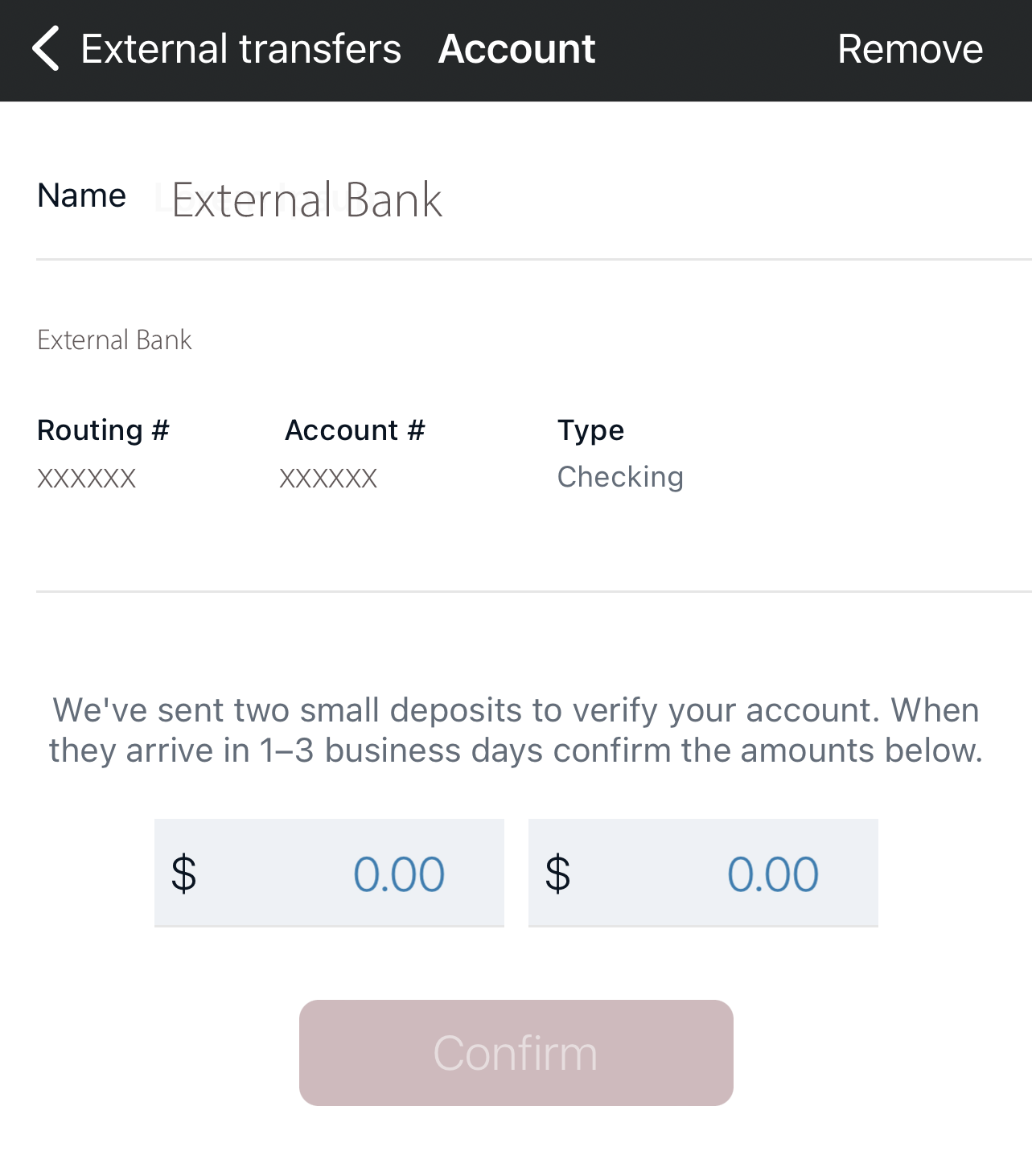Understanding Mortgage Interest Rates
The mortgage market for homebuyers is buffeted by economic fluctuations, Federal Reserve activities, and the bond market, plus the supply and demand for housing.
While these issues are beyond a homebuyer’s control, it’s worth knowing how mortgage rates work and the factors influencing them.
It’s equally important to do what you can to improve your chances of obtaining a mortgage, and to get the lowest interest rate possible on your loan.
Buying a home is an investment for both the mortgage applicant and the lender.
The homebuyer hopes their property will increase in value so they can make a profit when they sell the home. Mortgage lenders are banking on the likelihood that a buyer will maintain their home and make the mortgage payments.
How Economic Trends Impact Mortgage Interest Rates
There are many factors that affect mortgage rates, such as economic growth, inflation, government policies, and the Fed’s control of short-term interest rates.
When the economy is growing, mortgage interest rates tend to rise because they have to compete with other investment options such as the stock market and bond market.
During economic downturns and recessions, mortgage rates will typically decrease as government policies aim to stimulate the housing market and the Fed lowers interest rates.
Inflation, the Economy and the Fed
When inflation is high, the dollar’s buying power declines and the Fed raises short-term interest rates. As a result, lenders will demand higher interest rates for all loans, including mortgages.
Interest rates on mortgages and other loans tend to decline when inflation is under control and the Fed is reducing interest rates.
During times of economic weakness or uncertainty, lenders tighten their requirements for mortgage applicants. This can make it harder to obtain a loan, even if interest rates on mortgages decline.
When the nation’s GDP is growing at a sustainable rate, this can result in lower interest rates on mortgages and other loans because it’s considered less risky for banks to lend money when the economy is doing well.
If the economy starts to overheat, and the Fed starts raising interest rates, this can result in higher mortgage rates because it’s considered riskier for banks to lend money.
When the economy slips into a recession, the Fed lowers interest rates. Mortgage rates will often decline, but this also depends on what happens in the housing market.
The Housing Market
If fewer people are buying homes, mortgage rates would typically remain low. If people see weakness in the housing market as a chance to buy a home, and the demand for mortgages increases, mortgage rates rise as well.
A strong economy with low unemployment causes rising home prices, a demand for mortgages, and higher interest rates.
A weak economy, with higher unemployment and less consumer spending, may result in home prices stagnating or weakening as a result.
The Bond Market
When it comes to understanding home loan interest rates, one of the most influential and misunderstood factors is the bond market.
Mortgage rates are closely linked to the market for 10-year treasury bonds because they’re both long-term investments. The mortgage market keeps a close eye on long-term bonds to gauge the demand for investment capital. When bond yields rise, mortgage rates tend to rise as well.
How Bond Yields Work
For most government bonds, the income they provide (known as a dividend payment) is set when they’re sold during an auction by the Treasury Department.
Investors also buy and sell billions of dollars’ worth of these bonds every day in what’s known as the secondary bond market.
When the demand for 10-year bonds is high, the price of these bonds increases. The bond yield falls because that higher price equals a lower rate of return.
If the price of 10-year bonds fall, their profitability increases so the 10-year bond yield rises.
How to Obtain a Favorable Mortgage Rate
While consumers are affected by economic forces outside their control, there are some things you can do to improve your chances of obtaining a mortgage at a favorable interest rate.
Let’s take a look at how to check your credit score, what you can do to improve your credit rating, and how to increase your chances of obtaining a mortgage.
Check Your Credit Score
A credit score is one of the biggest factors that lenders use in deciding whether to grant a loan, and the interest rate. This includes mortgages.
You can check your credit history and credit score by getting a credit report once a year for free at AnnualCreditReport.com. This will give you three different scores from the nation’s credit reporting bureaus: Equifax, Experian, and TransUnion.
Each bureau has its own way of calculating credit scores, so the number you get from each one will vary. Take a close look at the information on your credit report. If there’s anything inaccurate, contact the bureau that contains this information so you can have it corrected.
You might also be able to check your credit score regularly through your credit card company online.
For conventional mortgages, the minimum credit score is in the 620-640 range. There are also government-backed mortgages available for those with credit scores of at least 580. For a mortgage backed by the Federal Housing Administration (FHA), someone might obtain a mortgage with a credit score of 500 but they would have to make a down payment of at least 10% of a home’s purchase price.
How Your Credit Score Is Calculated
There are many factors that apply to how your credit score is calculated:
- Payment history: Responsible for 35% of your credit score, so paying your bills on time will improve your credit rating.
- Credit utilization ratio: Makes up 30% of your credit score. This refers to how much credit you have versus your level of debt. For many people, this means the available limits on your credit cards versus how much credit card debt you have.
- Average age of credit: Worth 15% of your credit score. The longer you’ve had your debts, including credit cards, the more this will boost your credit score.
- Credit mix: Responsible for 10% of your credit score. This refers to the type of debt you have. Having a variety of debts, such as student loans, car loans, etc. can have a positive impact on your score, as opposed to someone whose entire debt load is placed solely on their credit cards.
- New credit: Worth 10% of a credit score. Frequent loan applications and opening new credit cards within a short amount of time can have a negative impact on your credit score.
How to Improve Your Credit Score
A good credit score can improve your chances of obtaining a mortgage and has a direct impact on how much interest you’ll have to pay. A good credit rating can also improve your ability to take out other loans as well.
Follow these steps to improve your credit score:
- Pay your bills on time.
- Reduce your debts as much is possible and pay down your credit cards.
- Hold on to your existing credit cards, as canceling them could negatively affect your credit score.
- Ask your credit card company for a limit increase. This could negatively impact your credit score for a short time but can improve your credit rating in the long run by reducing your credit utilization ratio—as long as you don’t use the higher limit to take on more debt. With many credit cards, you can ask for an increase every six months.
- Avoid any applications for new loans or credit accounts.
Other Factors That Can Affect Your Mortgage Eligibility and Interest Rate
While a good credit score is important when applying for a mortgage, there are other factors that can affect your ability to obtain a loan. These include:
- Debt-to-income ratio (DTI): Your gross monthly income divided by your monthly debt payments. You may need a DTI of 43% or less to qualify for some government-backed mortgages. In the conventional mortgage market, lenders prefer a ratio of less than 36%.
- Employment history: Job hopping, an unsteady employment history, or an income that fluctuates every year can get in the way of your ability to obtain a mortgage.
- The down payment: The more you can save up for a down payment, the more likely you are to qualify for a loan. With conventional mortgages, a down payment of at least 20% of the purchase price is customary. If your down payment is less than this, you can expect to pay for private mortgage insurance which may range from 0.46% to 1.50% of your loan amount. This cost will be added to your monthly mortgage payments, so the more you can save up for a down payment the better off you’ll be in the long run.
- Collateral: With a home mortgage, the property itself is used as collateral for the loan. If you fail to keep up with the mortgage payments, the lender will foreclose on the loan and sell the home to get their money back. If you have other assets that can serve as additional collateral, it can improve your chance of obtaining a mortgage and can it also affect your interest rate.
This collateral would have to be something that could be easily converted into cash. This could be cash itself, such as a savings account, mutual fund, and similar investments. It might also include other properties, cars, and similar assets.
Apply for a Mortgage Today
Another way of obtaining a favorable rate on your mortgage is to work with a lender who knows the Shenandoah Valley region and can explain all your options to help you find the best mortgage rates in Virginia. We can also explain the tax considerations of buying and selling real estate
If you have any questions on how to apply for a mortgage and what your options are, please contact us or stop by one of our locations in Bridgewater, Broadway, Edinburg, Elkton, Harrisonburg, Staunton, Stuarts Draft, Timberville, Waynesboro, Winchester, and Woodstock.
